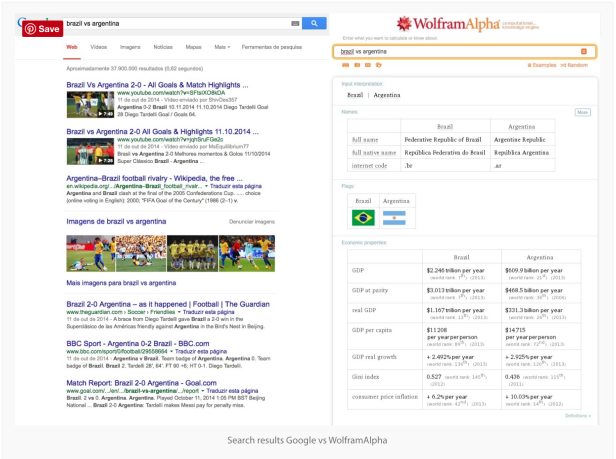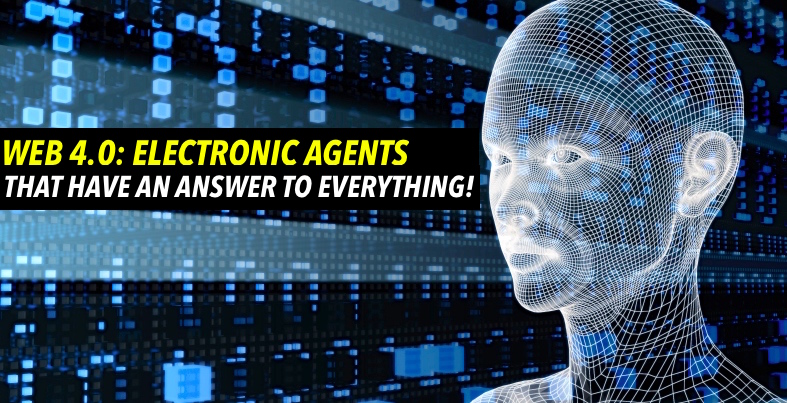The web as we know it today is a vast network which integrates with just about every aspect of our lives in some way. We rely on it for contacting friends, buying goods, finding things out, or booking a hotel for a weekend away.
It’s a powerful tool and we sometimes take it for granted in our day-to-day activities. As a member of the Millenials (or Gen Y) generation, I have been lucky enough to witness the transformation of our world that has occurred as a result of the introduction of the Internet.
The Internet started as web 1.0, which was essentially a read only platform. It was introduced as a platform for businesses to share data to stakeholders. This platform provided very limited interaction or co-operation and essentially was an online reading module (Berners-Lee, 1998). Web 1.0 reigned from 1989 to 2005 when it was eventually replaced by web 2.0, which essentially allowed for the interaction that its predecessor did not.

Source: Patel, K. 2013
Web 2.0 is often known as the ‘participation’ or ‘read-write’ web (Patel, K. 2013). Web 2.0 facilitated for the introduction of social media sites such as: Facebook, MySpace and Twitter, as well as other information sharing sites such as Wikipedia and blogs!
It’s amazing how much Web 2.0 changed the way humans integrate with the world around them. It allowed for sharing of information on scales that had never even been remotely possible. Wikipedia helped thousands of high school kids finish that last minute assignment, while the introduction of blogging sites like word press spurred a generation of people willing to share their knowledge with the world through stories and experiences. Finally, I’m sure we can all understand that Facebook needs no explanation as to how influential it is in our lives (whether we like it or not).
In terms of marketing, web 2.0 grew the Internet vastly. Just about everyone has now signed up to Facebook, which allows marketers to zone in on people through targeted advertisements. Blogging has now been noticed as a viable marketing channel through influencers. People trust high profile bloggers (influencers) and the advertisements of products and services through this channel has proved to be very successful. For example, the Hawaiian Tourism Authority recently partnered with travel Instagrammers to showcase their beautiful country.

Hawaii’s coastline shown off by social influencer: Jordan Herschel
Source: https://www.instagram.com/jordanherschel/?hl=en
Web 3.0 is commonly known as the “executable web” (Choudhury, 2014) or the ‘Semantic web” (Aghaei, S, Nematbakhsh, M & Farsani, H, 2012). It allows structuring of data and the use of this data for discovery, automation, integration and reuse (Choudhury, 2014).
I feel as though Conrad Wolfram, mathematician, technologist and entrepreneur does the best job of describing Web 3.0..
For Web 1.0 and 2.0, the Internet is trapped within the physical walls of the computer, but as more devices become connected to the Web, such as smartphones, cars, and other household appliances, the Internet will be set free and become omnipresent. Devices will be able to exchange data between each other and even generate new information (e.g. howLast.fm anticipates what music the user may enjoy based on their previous song selections). (Matusky, R. 2015.)
So essentially, web 3.0 is utilizing cloud applications and the connectivity of the Internet to make our lives easier. Marcos Santos (2015) gives the example of Wolfram Alpha (web 3.0) vs. Google (web 2.0). Another good (and relevant) example is how Netflix suggests movies for you based on previous movies you have watched.

Wolfram Alpha search engine vs. Google search engine
Source: Santos, M. 2015.
Web 4.0 is still very much a concept but it is known as the symbiotic web or “Ultra-Intelligent Electronic Agent” (Burrus, D. 2015). Burrus suggests that this Electronic Agent will recognize you through a tiny camera and will automatically know its you due to facial recognition; he also says that the agent will be given a personality.
He gives an example of an interaction with a Ultra Intelligent Electronic Agent..
“Good morning. You’re flying to Boston today. Take a raincoat, it’s raining. By the way, that fight you were taking, it’s already been canceled. Don’t worry about it. There was a mechanical. I’ve already booked you on a new one. I’ll tell you about on the way to the airport.”
For now that seems like an episode of a science fiction, but it could be a reality we are living in no time at all..
Fun fact: The Simpsons ‘predicted’ this trend in an episode of the Simpsons back in 2001. The episode contained an “Ultrahouse 3000”.
Check it out here
References
Aghaei, S, Nematbakhsh, M & Farsani, H, 2012. Evolution of the World Wide Web: From web 1.0 to web 4.0. http://airccse.org/journal/ijwest/papers/3112ijwest01.pdf
Berners-Lee, T. 1998. The World Wide Web: A very short personal history <http://www.w3.org/People/Berners-Lee/ShortHistory.html>
Burrus, D. 2015. From web 3.0 to web 4.0. < http://bigthink.com/videos/from-web-30-to-web-40>
Choudhury, N. 2014. World Wide Web and its Journey from web 1.0 to web 4.0. < http://www.ijcsit.com/docs/Volume%205/vol5issue06/ijcsit20140506265.pdf>
Matusky, R. 2015. Web 2.0 vs. Web 3.0 – What Really is the Difference? < http://randymatusky.com/2015/04/03/web-2-0-vs-web-3-0-what-really-is-the-difference/>
Santos, M. 2015. What is web 3.0 and why Is it so important for business? < http://aquare.la/articles/2015/03/23/web-3-0-important-business/>

A really good blog, which have a really good format.
LikeLike
Great blog! A very interesting read.
LikeLike
Very interesting a good resources. Just shared this to my facebook.
LikeLike
Excellent insight on the development of web design and it’s use for marketing in the 21st century.
LikeLike
Very good, I like it!
LikeLike